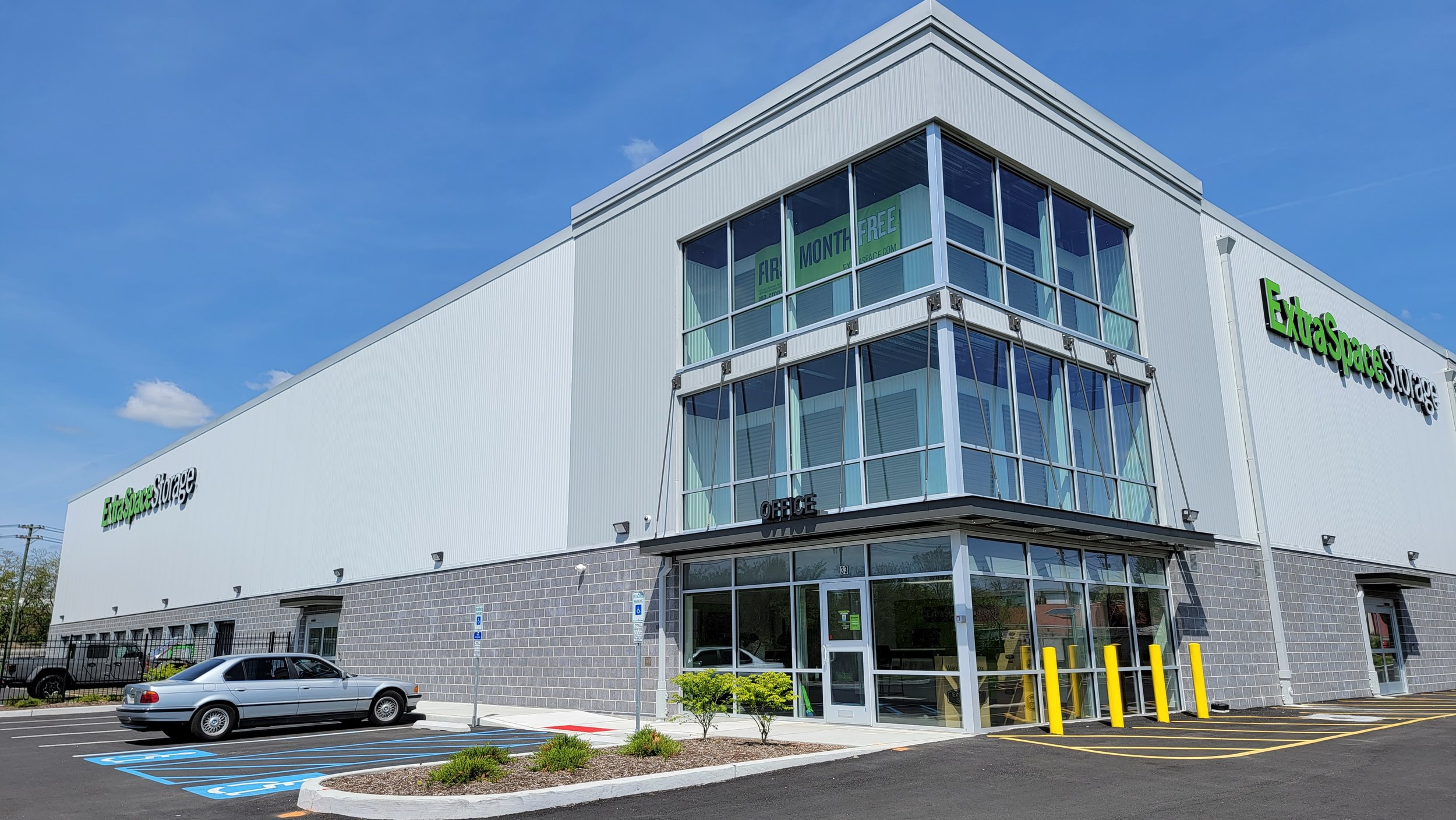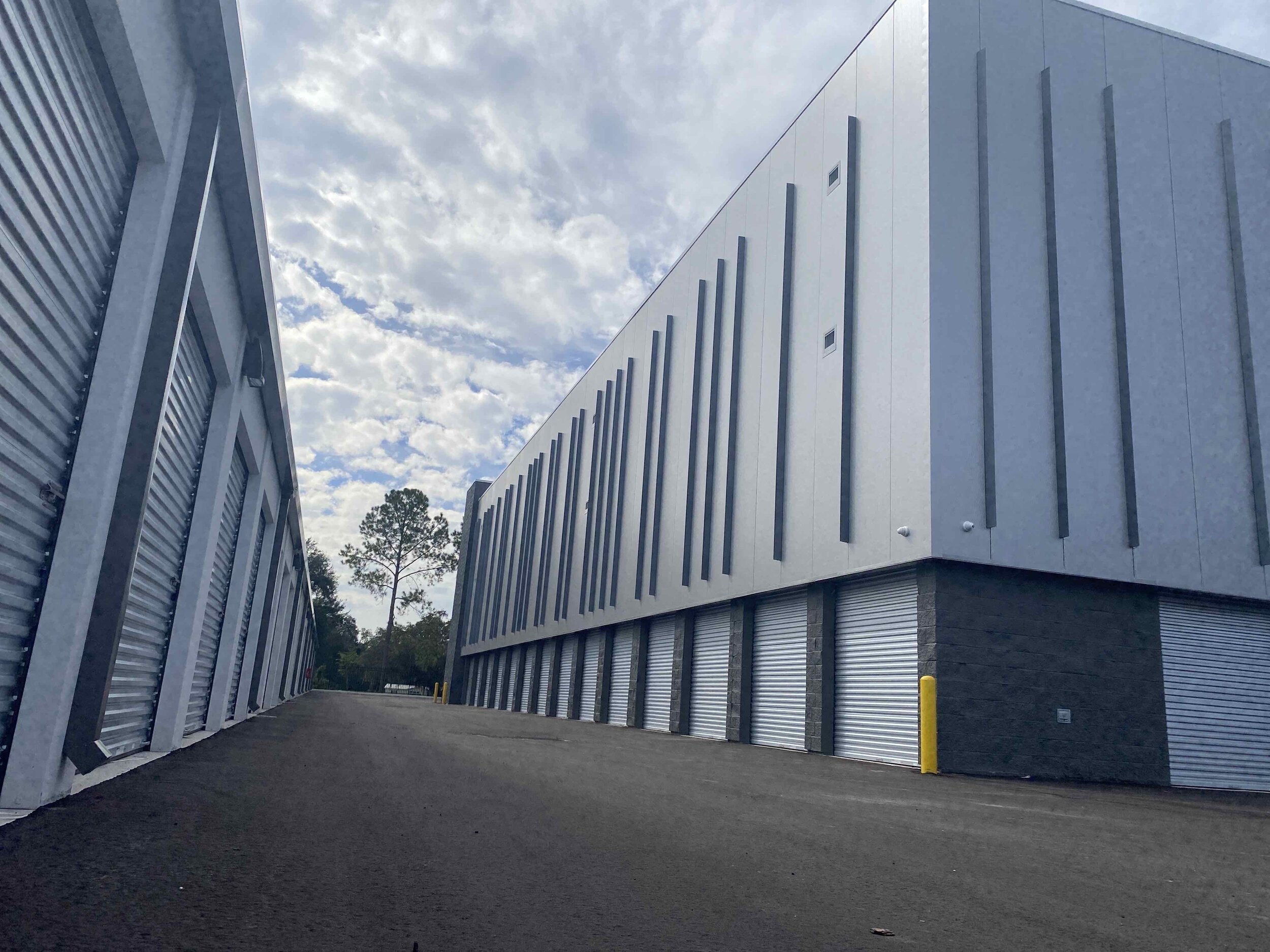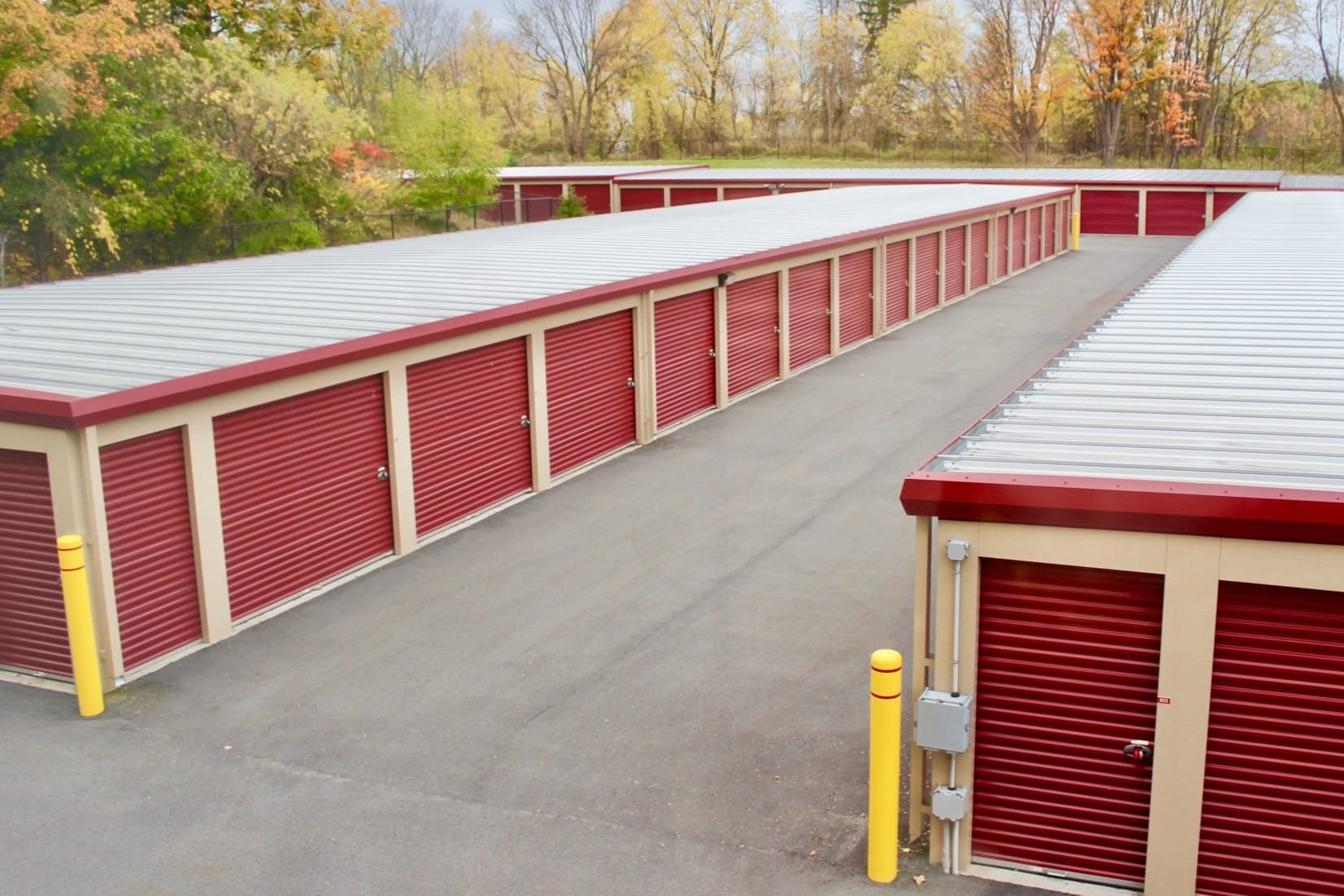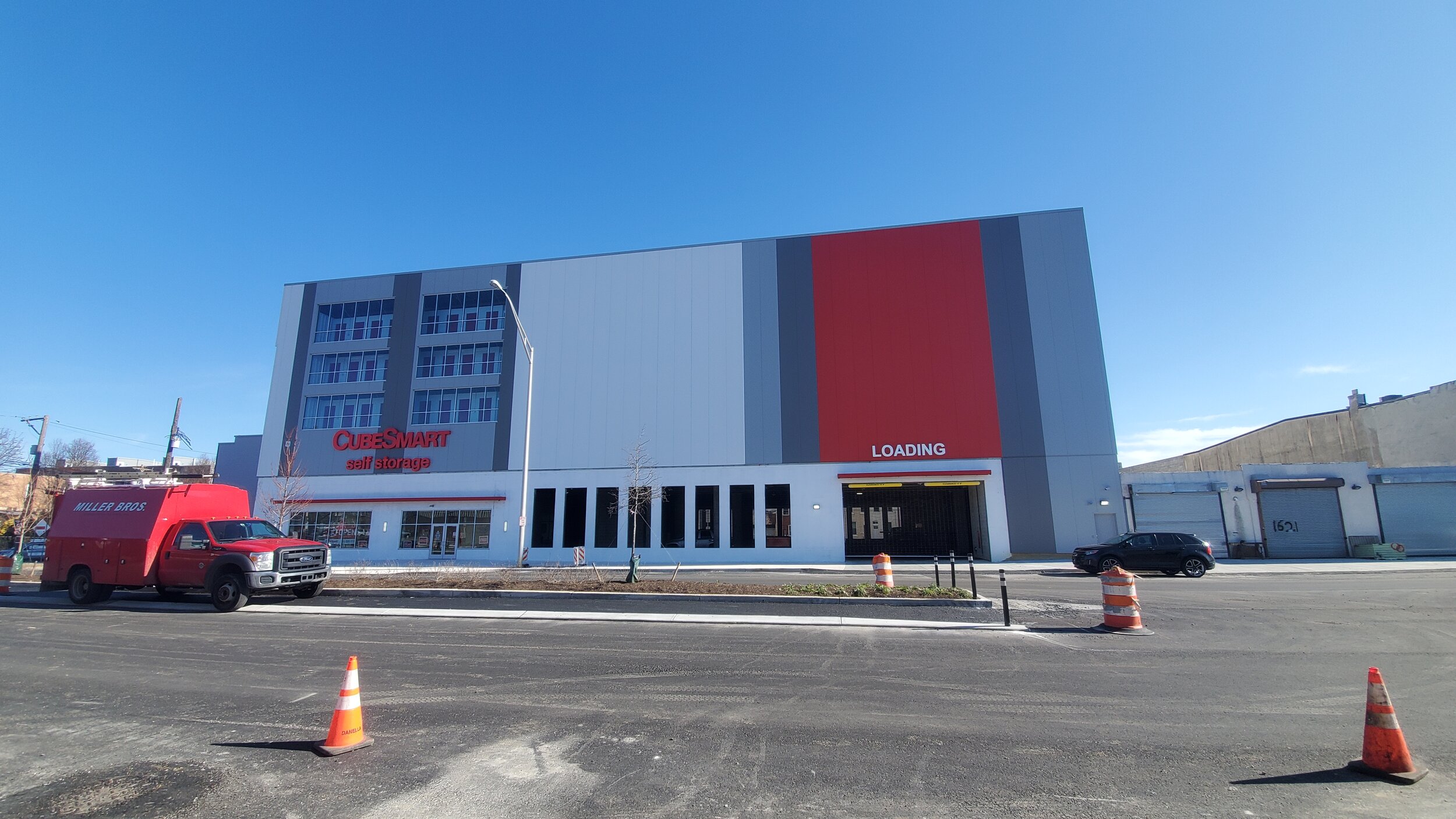How to Start a Self-Storage Business: A Step-by-Step Guide
If you’re wondering how to start a self-storage business, you are not alone. Since starting in the 1960s, it has been one of the fastest-growing industries that continues to present fantastic opportunities to startups. In fact, 73% of all facilities are operated by small business owners while the profit margins in this sector compare favorably to most other industries.
In this guide, our experts will help you think about how to start a self-storage business in the most effective way. Once you’re ready to launch your venture, our professional design and fabrication services will help you turn the dream into a reality.
Starting a Self-Storage Business: A Step-by-Step Guide
Understanding the reasons why to start a storage business is very easy. They statistically boast a 92% success rate while it is a venture that can be started by anyone with the right work ethic and willingness to do things correctly.
However, it is necessary to know how to start a self-storage business before beginning the process. The following step-by-step guide will lead you to the desired outcomes;
Develop a business plan that details how you will run the self-storage business in the first few years, covering the financials as well as your target market.
Get funding. This can be done by funding the venture yourself, getting a business loan, crowdfunding, or finding a private investor.
Acquire the necessary permits. As well as registering the business, you must look at certificates of occupancy, small business permits, and potential planning permission.
Find the right location for your self-storage facility. It must be situated somewhere that can attract customers while offering enough land at an affordable price.
Design and build your self-storage facility. Whether it’s a single-story storage facility or not, the right layout, material choices, and layout are paramount.
Take out the necessary business insurance. Public liability is needed in case of on-site injuries while property liability insurance is another key factor.
Define your brand by thinking about what makes your business stand out from the crowd and who your self-storage units are primarily aimed at.
Develop a strong marketing strategy that covers local advertising as well as a strong website. Ideally, the latter should also offer the chance for clients to make bookings.
After completing these steps, you should be ready to manage your self-storage business and rent out your units to personal and business clients to generate revenue.
How to Open a Storage Unit: Tips and Tricks
When opening your self-storage facility, it’s vital to remember that the competition is fierce. Therefore, entering the marketplace equipped with a clear strategy is vital.
While you will need to find your path, embracing a few tips and tricks can make a difference. Here are some of the best;
You do not have to face the journey alone and can get help in all aspects from writing your business plan to designing and building your multi-story self-storage facility. Professional guidance can help you open your unit faster and with a smaller budget.
When launching your storage unit, it’s important to know the latest trends and ensure that the business is built for long-term success. Automation, 24/7 access, climate control, and self-serve solutions are just a few.
Hiring the right employees to work on your site is equally crucial. On average, facilities only hire 3.5 employees. The fact you have a small team only further highlights the need to make smart decisions.
Ensure that elements like marketing and security are under control before you start. It will be far more difficult to correct problems rather than prevent them. The knowledge that you’ve done things correctly also allows you to act with confidence.
Always research the competition in your area. The average costs of a unit can vary greatly between different cities while knowing what’s already on the market will make it easier for you to spot a gap in the market.
Building a Self-Storage Facility vs Buying an Existing Self-Storage Facility
There are two primary options when it comes to getting started in the self-storage industry. You can either buy an existing self-storage facility or you can construct a new self-storage facility. There are pros and cons to each approach.
Existing Self-Storage Facility
The advantage of buying an existing self-storage building is that it has already been constructed and is probably already generating income for the owner. This takes out all of the guesswork of finding a location, selecting and working with contractors, construction, and ramp-up. At this point, you are buying a self-storage business rather than just a facility.
The disadvantages are that you don't have a say so in the location, unit mix, and branding. You are also going to be paying a premium in the form of a multiple (Cap Rate) of the net operating income. So while this approach may have less risk, it is going to cost you more.
Building a Self-Storage Facility
A lot of investors prefer to go this route because they feel like they can get more long-term value from the storage business. As mentioned previously, this is the lower-cost option in terms of initial investment.
And if you are confident you can construct the self-storage facility and fill it up with tenants, you can either sit back and collect cash flow or sell the storage business and make a significant return on your investment.
But, just as with buying an existing self-storage facility, there are challenges. You will need to be ready to endure the construction process which can take time, require your management of the project, and potentially present unforeseen expenses and setbacks.
Starting a Self-Storage Business: Essential Steps
When starting your self-storage business, the step-by-step guide above should point you in the right direction. However, it’s equally crucial that you complete the essential steps needed to give your venture a genuine chance of success. Be sure to do the following;
Be accurate when working out your budget. You cannot afford to be left with an unfinished self-storage facility.
Decide on a suitable storage facility size based on the population and demand in your location. The U.S. Census Bureau is a great research tool.
Look for partnerships with businesses in the area. This could mean working with moving companies and real estate firms.
Research the other companies in your region for brand names. You can’t afford to infringe on someone’s intellectual property and must be ready to protect your own.
Always consider the access to storage units. Clients need the loading and unloading aspects to be safe and convenient.
In short, you need to create a client-centric self-storage facility that is also capable of delivering the financial returns you deserve. Do this, and you’ll be set for short and long-term success.
Building a Storage Unit Business: Expert Advice
If you have a dream to own a self-storage business, before starting a self-storage business, you must build a clear vision of what you wish to achieve. Furthermore, it’s important to know the steps that can help your self-storage company stand out from its competitors.
If you have never built or managed a self-storage facility, it's usually best to work with partners who can help guide you and increase your chances of success in the storage industry.
The construction of a self-storage facility can be tricky by itself. We recommend contacting our team and we can help you determine what size self-storage facility you need, how many self-storage units you will be able to fit on the property, and set an accurate budget and timeline for construction costs.
Self-storage businesses are great investments, and with the right partners, it can be a breeze. Contact our team today and we will help you get your self-storage business plans off the ground.





